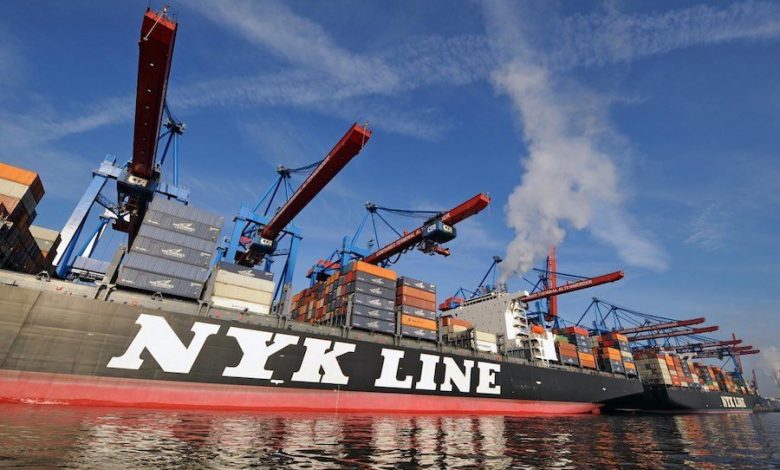2020 fuel regulations weigh heavily on the minds of liner executives

The liner shipping industry is finally seeing recovery signs with pickup in demand, following a series of consolidations in the sector. Nevertheless, speakers at yesterday’s liner shipping session during the Asia Logistics and Maritime Conference in Hong Kong warned there are still multiple challenges ahead.
“What’s clear is that consolidation is helping the industry and the current demand is much better than we thought it would be, however we still have to manage the supply side,” said Jeremy Nixon, global CEO of Ocean Network Express (ONE), the merged container company of Japan’s MOL, K Line and NYK.
Nixon reckoned the upcoming regulations on heavy fuel oil in 2020 are bringing uncertainties for carriers.
“Obviously scrubbers wouldn’t work for carriers who have a large fleet, while low-sulfur fuel price is at a high level, and using LNG as fuel is still not mature,” Nixon said.
Nissim Yochai, vice president for transpacific trades at Israeli line ZIM, said the company currently doesn’t have any new ships on order, but when the company looks to order, the 2020 regulation will weigh heavily on what the company will select.
“The current situation presents more questions than the answers,” Yochai said.
Alan Murphy, CEO at SeaIntel Maritime Analysis, predicted that the container shipping market could possibly reach a supply/demand balance in 2019-2020, but some assumptions must be met to see it happen.
“The market has to have a complete freeze on new mega vessel orders and see continued high scrapping levels, while we also need to see head haul demand growth of 4-5% year-on-year, which will balance capacity by late 2019-2020,” Murphy said.
Following a series of consolidations, the liner shipping sector has created a number of mega container shipping alliances. Murphy expressed concern about a potential rate war between the alliances, which could jeopardize the recovery process in the sector. He added that ambitious market entrants or major oil price increases could also disrupt the recovery of the sector.
“The main risks is carriers with large orderbooks relative to their charter ratio. If their fleet grows faster than the return of charter tonnage, they will have to grow market share to retain utilization,” Murphy said.
Murphy said big carriers like Cosco and Evergreen will be challenged, unless they can sub-charter to their alliance partners.
“New market entrants may want to take advantage of the discounted newbuilding prices and attempt to grow market share through a price war,” Murphy said, citing South Korea’s SM Line as the latest entrant to the transpacific trade.
